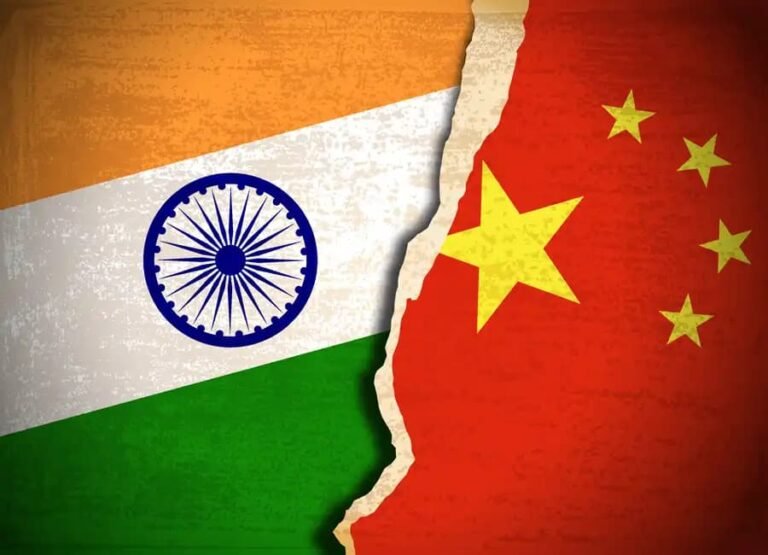China’s growth as well as valuation multiples have better scope to go up compared to India’s
The recent stimulus measures by Chinese government have again brought the spotlight on whether China can play a spoilsport for India’s markets and economy. The sharp fall in Indian market alongside the sharp rise in Chinese markets was an immediate reaction. Another major impact was on commodity prices. These spiked on expectations of revival in Chinese economy. The initial sharp reactions have sobered down subsequently as memories of failure of many such recent Chinese stimuluses re-surfaced. Chinese authorities also do not seem to be interested in talking up the stock and commodity markets. Their focus seems to be on resolving their economic problems so that their economy can gradually come out of the slumber. As far as the Chinese authorities can reinvigorate their economy without over-enthusiastic reaction from the commodity markets, India has nothing much to lose from economic point of view. In fact, the Chinese recovery will reduce pressure from Chinese imports and reduce their competition to Indian exports. This augurs well for India.
On the other hand, Indian stock markets have nothing to gain from the surge in Chinese markets, but a lot to lose. Indian stock markets can continue to witness larger outflows by FIIs due to the diversion of FII money to the Chinese markets. This is in contrast with the earlier expectations of larger inflows from them on the US rate cut hopes. Probability and scope of improvement in the Chinese growth rate is higher as it will be from a low base as compared to an improvement in the Indian growth rate from a relatively higher base. Moreover, valuation of the Chinese markets is far lower than that of the Indian markets. Of course, their low valuations can be justified on the grounds of low growth rate and hostile and volatile government policies. However, the market’s logic could be that after seeing the worst of these negatives, any positive signs on these fronts can bring outsized gains due to cheap valuations. Chinese markets offer a very good value proposition as compared to the Indian markets and easily attract value-searching money. If there are any signs of their growth rate picking up, they can even attract growth-seeking money. Whether the pick-up in growth turns out to be temporary/cyclical or long-term/structural can be known only in future. On the face of it, the Chinese stimulus can only dash our hopes of getting larger FII money.
History says that long-term investment yields best when done in a low-growth, low valuation scenario as one can earn higher returns not only from pickup in growth but also due to a larger valuation multiple expansion. China fits the criterion. India is in a high growth, high valuation space and can be currently termed as traders’ market and not fit for long-term investment. This is contrary to the general saying that China is good for traders and India is good for investors.
The Israel-Gaza conflict has now expanded. Iran is increasingly getting directly involved. Any adverse consequences of the larger flare up on the oil prices will hit India more than China.
We are getting into the September quarter results season. It is feared that the quarter will be one of the slowest quarters one has seen since the post-Covid rebound. Excess rains and flooding have exacerbated the post-electioneering slowdown. In the hope of great festive and marriage season from October, lot of inventories have been produced in the September quarter and built-up in the supply-chain system for the December quarter. If consumer demand meets or exceeds expectations in October, the slowdown of the September quarter will be ignored. Else, the system will have to painfully adjust to the lower demand adversely affecting the December and subsequent quarters. Indian valuations, however, do not leave any scope for disappointments.
As expected, the RBI has left the policy rates unchanged but changed the outlook to neutral, opening the option of a rate cut in December policy. If the festive demand does not turn out to be as per expectations, the RBI can cut policy rate in December. Else, it will prefer to focus on seeing the food inflation moderate and settle at a lower level, before going ahead with the rate cut. This is of course subject to China, US rate cut and geo-political issues not re-igniting commodity prices on a sustained basis.











